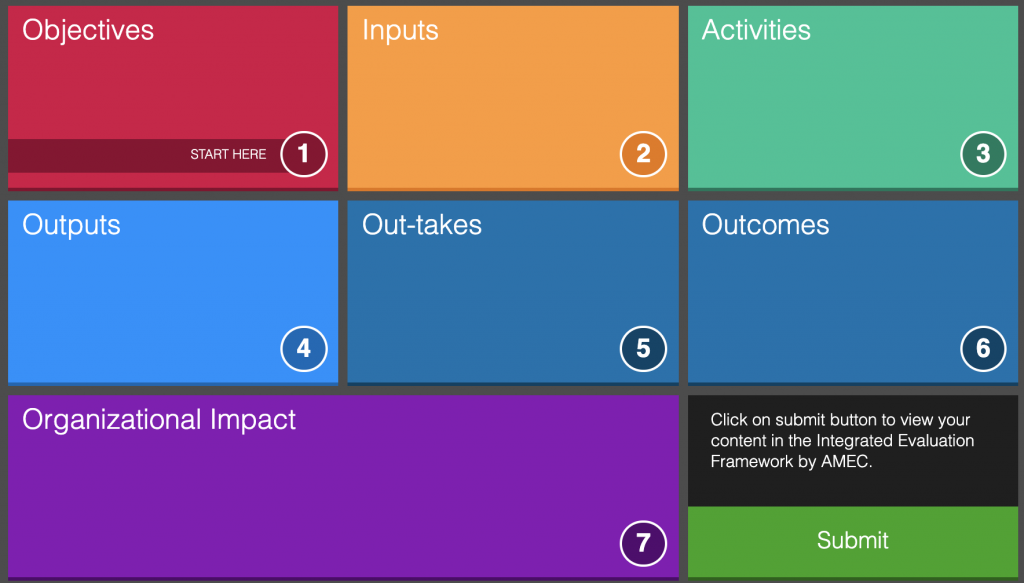
Smart Society Monitor: The Netherlands concerned about the growing influence of smart technology
New research by Motivaction and Omnicom PR Group shows what the Dutch consumer thinks about the digitisation of society.
December 10, 2021

Measurable communication stands or falls with the strategy process that is in order. And there is much more to be gained from the quality of this process. You can read how to do this below.
It is Measurement Month again, thus AMEC; the professional association of communication professionals for measurement, the evaluator and organizer of the annual event. With the aim: drawing attention to the importance of measurable communication. A good mission.
We often think of the strategy formation phase within the communication plan as the most interesting part of all. But this phase usually takes place too quickly, in an unstructured manner, where the right experts are not even at the table.
As a result, the basis for measuring the communication plan is not good either. Are we measuring the right things? And why? It is about being accountable.
What we often overlook is what professor emeritus of Communication Studies, Betteke van Ruler, refers to as ‘decisional accountability’. As a communication professional, can you substantiate why you make certain decisions? This is crucial for measurable communication and requires a precise focus on the strategy process. To go through this process more clearly, ask yourself the following 5 questions:
Strategy formation is not the same as determining the number of desired media messages, press releases, events, content or influencers. This is only one part of strategy formation.
More importantly: you determine a strategy that is relevant with regard to the communication objectives and context in which they must be realised. AMEC itself offers a useful tool for this via a framework. The following 7 steps are relevant:

We often follow an (internal) briefing too quickly, without asking critical questions. We want to move quickly towards creation. We move on instead of taking a step or several steps back and ask ourselves:
Ultimately, you want to bring about a sense of change among the target group through your communication (more web visits, brand awareness, engagement with the brand, product trial). Do you want to define this change as clearly as possible? Use the 5 why-question technique to unravel the core of a serious challenge. By asking more questions, you may suddenly find yourself facing a completely different communication challenge than the briefing initially suggested.
Often we confuse goal and strategy with one another. If the goal is the end point of your program, the strategy is the way to get there.
“If you can’t measure it, it is not an objective”
Make your communication goals clear by making them SMART. Things to watch out for:
If you ask to make communication measurable, then (almost) everyone wants this immediately. But measuring costs money. So what do you do?
If the goals are clear, and the strategy and tactics are appropriate, involve the right people to discuss this with one other and come to a buy-in. Who are they? This varies from organisation to organisation, but often involves an interplay between the communications strategist, researcher, brand management and senior management.
It is important that everyone understands what you are aiming for and why. Pick up the previously drafted strategy document. Always refer to it (also in your measurement report, this is your context). This will prevent you from changing course (too) easily in the event of setbacks. A clear strategy document acts as a compass.
A sharper process of strategizing your communication program also makes it more measurable. You measure the right things more quickly, based on choices you can justify. This contributes to the added value of your role as an accountable communication professional and/or that of your department, in achieving the company’s objectives. You can never really be worse off from this.

New research by Motivaction and Omnicom PR Group shows what the Dutch consumer thinks about the digitisation of society.

Communication is and will increasingly be data-driven. Organizations must also be more agile. The reset of many companies now and in the near future post-pandemic means even more focus on…